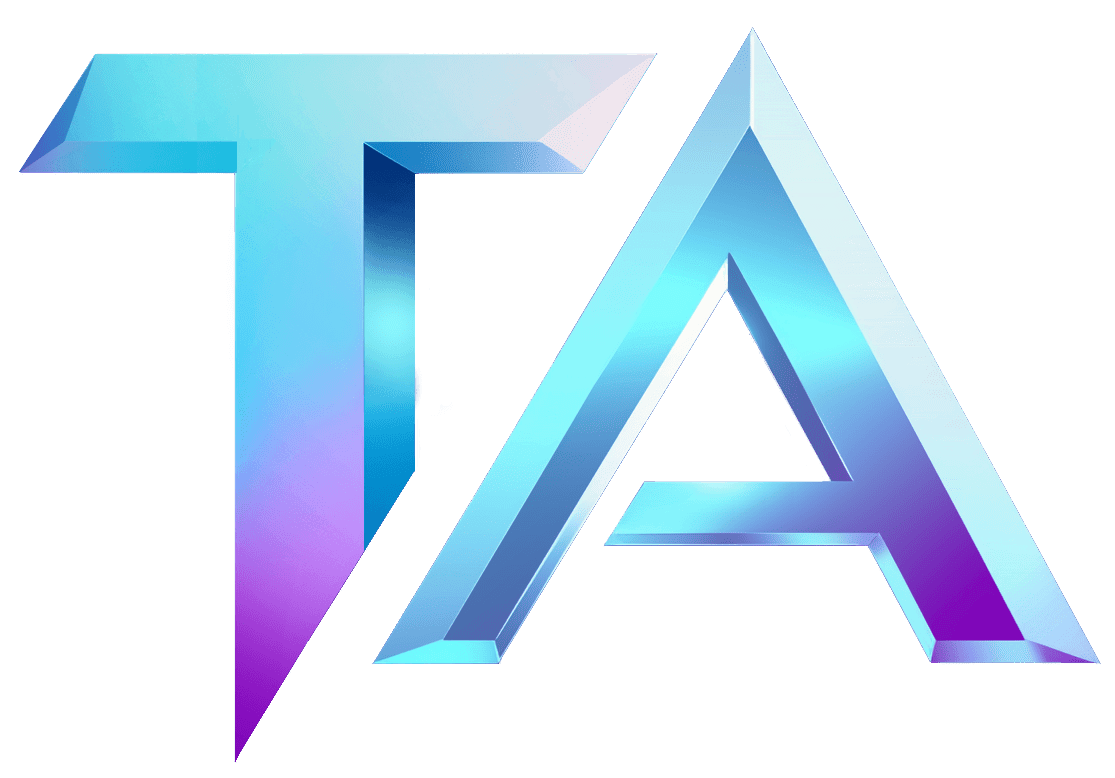Stochastic Gradient Descent in Star Atlas: A Titan Guide

Understanding Stochastic Gradient Descent in Star Atlas: A Titan Guide
Stochastic Gradient Descent (SGD) is a powerful optimization technique widely used in machine learning and data analysis. At Titan Analytics, we believe it’s crucial to explore how such concepts can be applied within the vibrant universe of Star Atlas, a decentralized space exploration game on the Solana blockchain.
What is Stochastic Gradient Descent?
In simple terms, SGD is a way to find the best solution (or “optimal weights”) for algorithms that learn from data. Imagine you are trying to climb a mountain (the landscape of the optimization problem), and your goal is to reach the lowest valley (the solution you seek). Instead of checking every point (which can be slow), you take little steps based on where you are currently standing and adjust your direction with each step. SGD does precisely this by evaluating one data point (or a small batch of points) at a time, leading to faster adjustments.
Why is SGD Relevant to Star Atlas?
Star Atlas operates in a dynamic environment where player decisions and strategies can be influenced by real-time data. Utilizing SGD can help players optimize their strategies, whether in combat, resource gathering, or trading actions. Here’s how:
-
Data-Driven Decisions: In Star Atlas, players can gather vast amounts of data related to market trends, ship performance, and resource availability. By applying SGD, players can analyze this data and quickly adapt their strategies, improving their in-game performance.
-
Resource Management: Each time you make a decision regarding resource allocation, utilizing SGD principles can help you dynamically adjust your plans. If your strategy isn’t yielding the expected results, the iterative approach of SGD allows you to recalibrate based on real-time data from your gameplay.
-
Predictive Modeling: By employing machine learning tactics like SGD, you can enhance predictive models related to economic trends within the Star Atlas world. This can inform your decisions on when to buy or sell assets, creating a competitive edge.
Implementing SGD in Star Atlas
To utilize SGD effectively, consider these steps:
-
Data Collection: Focus on gathering relevant game data, whether it’s from your own gameplay or community insights.
-
Define Your Goal: Determine what you want to optimize—be it your combat strategy, resource allocation, or trade routes.
-
Iterate and Adapt: Start by making small adjustments to your strategy based on the outcomes of your actions. Use a feedback loop to continuously refine your approach, much like how SGD fine-tunes model parameters.
-
Analyze Results: Regularly assess the impact of your actions to see if you are progressing towards your goal. If results aren’t improving, it might be time to reevaluate your data inputs or decision-making processes.
Final Thoughts
Stochastic Gradient Descent offers a framework for players in Star Atlas to make data-driven decisions and enhance their gameplay. By iteratively refining strategies based on real-time data, you can not only improve your own performance but also contribute to the evolving dynamics of the Star Atlas universe.
Dive deeper into the world of Star Atlas with Titan Analytics. Visit Titan Analytics Star Atlas Data Modules to explore comprehensive data tools or reach out to us at Titan Analytics Contact for inquiries. Happy exploring!




